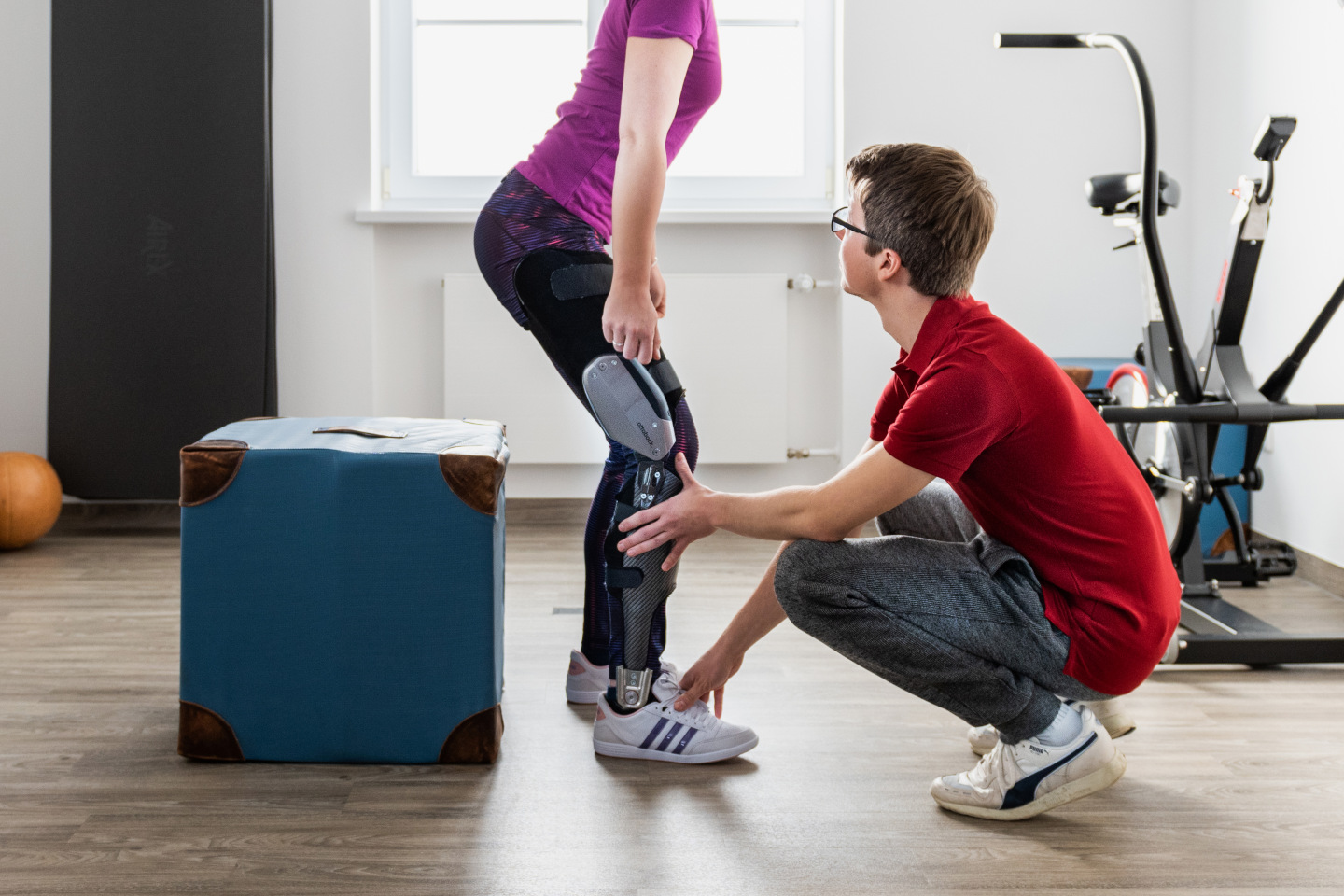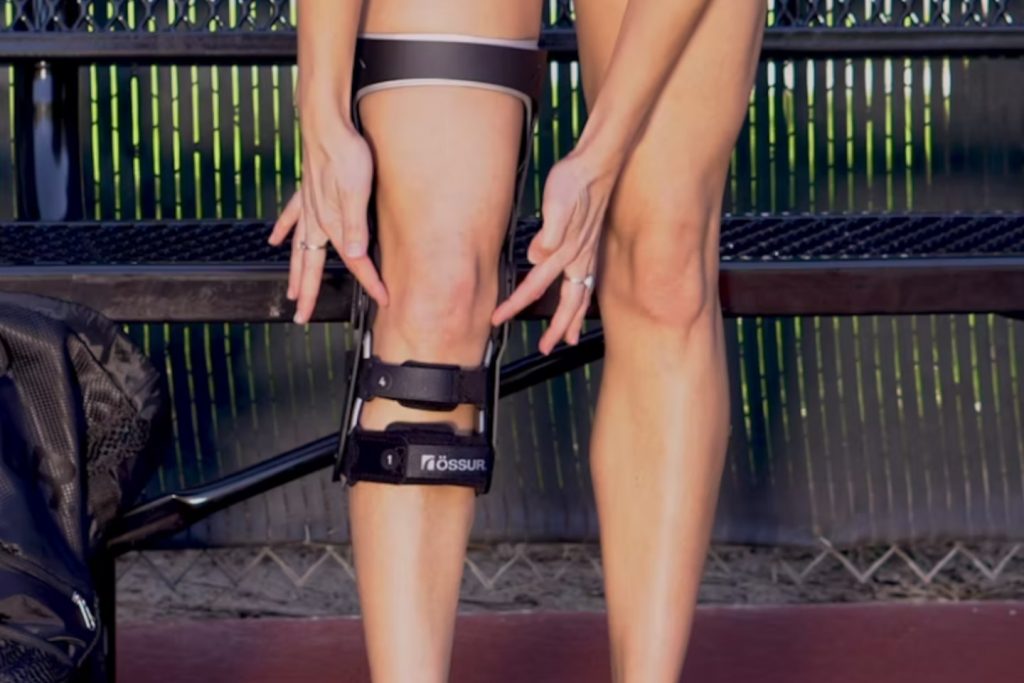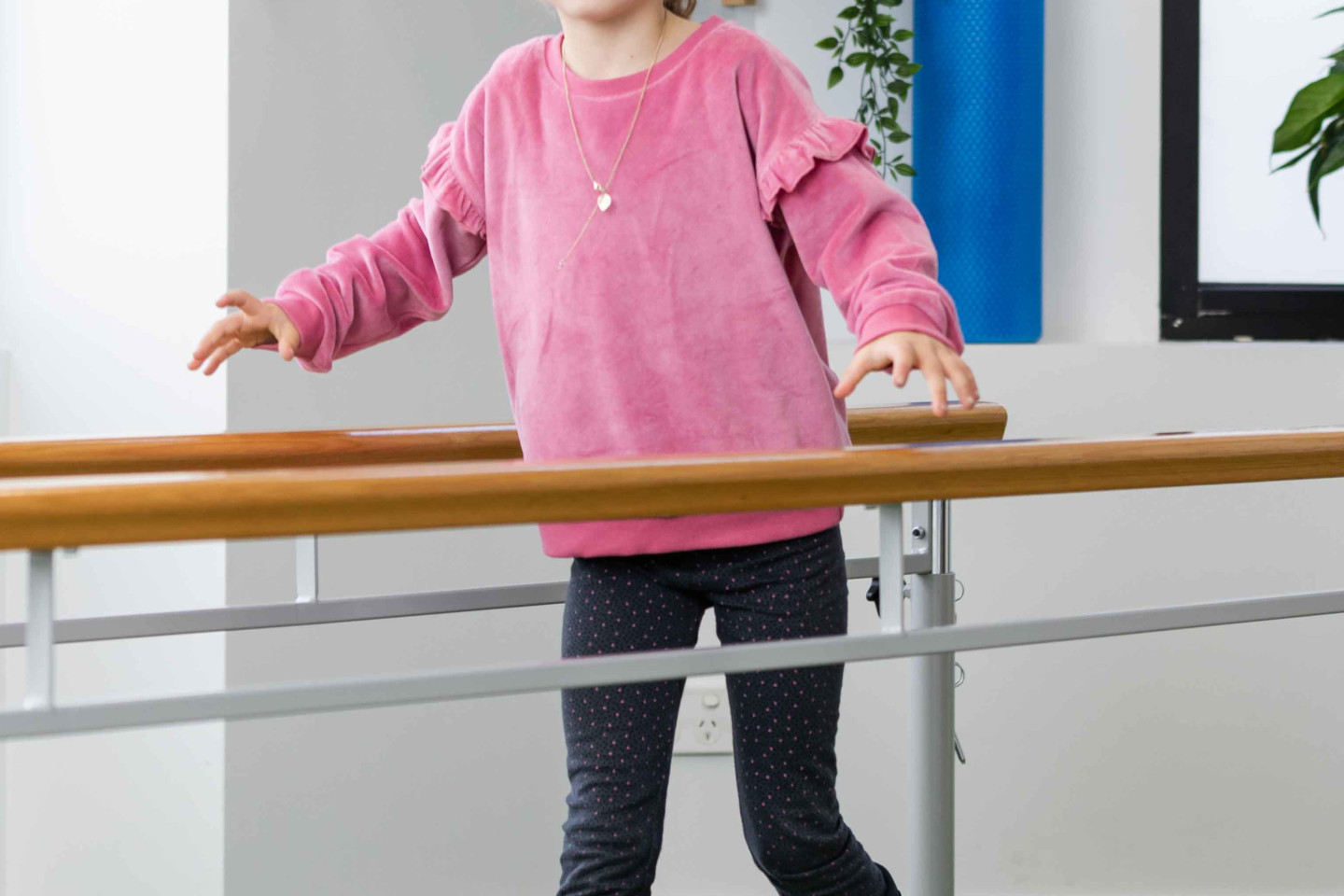Hip Orthotics at Orthotics Plus
Hip bracing and hip orthoses, are a specialised and niche area with distinct categories.
We can categorise hip bracing into three main groups: paediatric, acute and chronic issues.
Hip Orthotics for Acute Conditions
Acute bracing is primarily for injuries where immobilisation is necessary.
This includes solutions like hip spicas, hip abduction braces, and range of motion braces.
Additionally, postoperative hip braces fall under this category, designed to stabilise the hip during the healing process.
Surgeons may recommend limiting excessive flexion to prevent hip dislocation, and our braces are tailored to restrict specific ranges of motion. For recovery in bed, options such as hip abduction pillows are available.
Hip Orthotics for Chronic Conditions
While there aren’t a plethora of braces for these conditions, we do offer specialised solutions for ongoing hip problems.
Hip orthotics designed for chronic conditions focus on providing targeted support.
Specifically, these braces offer compression and external rotation for individuals dealing with hip arthritis, undiagnosed hip dysplasia, hip replacement surgery or unstable hips.
The brace works by applying compression around the greater trochanter and the hip, promoting stability and alleviating discomfort associated with these chronic issues.
Hip Orthotics for Paediatric Hip Conditions
A fairly common presentation in infants is development dysplasia of the hip (DDH).
This is a condition where the acetabulum (socket) of the hip isn’t deep enough to provide adequate stability to the head of the femur.
We are able to treat these patients via the use of hip orthoses which provide maximum congruency in the hip joint and allow the socket to grow in a way that gives more coverage to the head of the femur and increase hip stability.
Commonly used hip braces in this scenario are Pavlik harnesses, Rhino braces.
Treatment of DDH via bracing is very effective.
How Hip Orthotics Work
The functionality of hip orthotics varies depending on the type of brace.
- For instance, one design features a band encircling the pelvis and waist, with a strut extending over the femur, connecting to the leg. This configuration provides crucial support, limiting excessive movement of both the leg and hip.
- Large hip abduction pillows are utilised, resting between the legs to maintain hip abduction. These can be used in the setting of fracture rehab, the management of contractures, hip dysplasia and so forth.
- Another example is the osteoarthritis brace, resembling pants with a secure cinch mechanism (a device that provides a tight and secure fastening) and additional straps for support.
Given the complexity of the hip’s range of movement and challenging areas for secure attachment, many of these braces function not only as biomechanical blocks but also as reminders for the patient to be mindful of their movements.
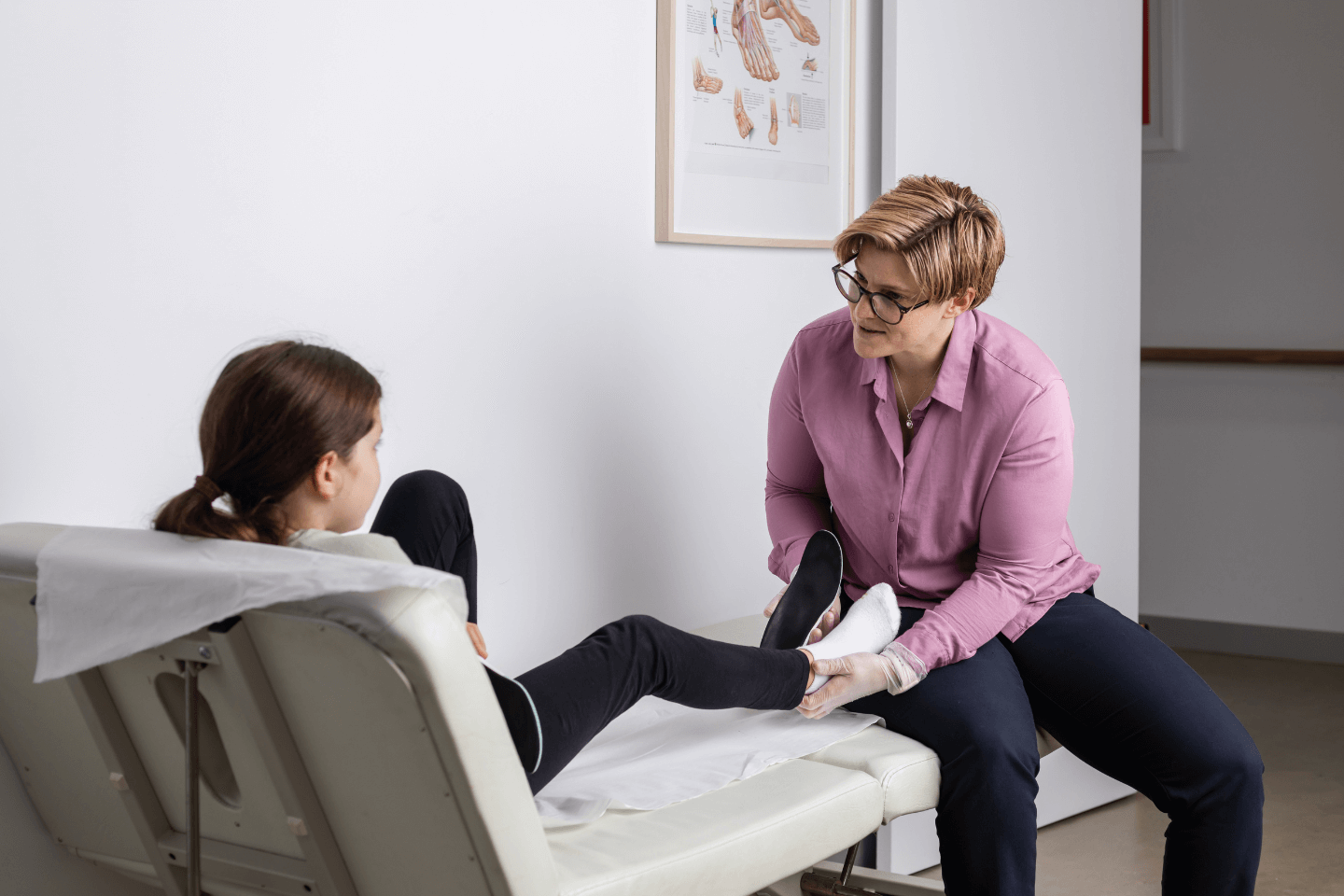
Customising Hip Orthotics
Customising hip orthotics involves a tailored approach.
Our emphasis is on customisation through measurements and casting or scanning.
A belt is crafted to suit the individual’s waist size, and angles are measured for bending the metal upright for the hip joint. Unlike foot orthotics that require a more intimate fit, hip braces prioritise a fit that accommodates the unique contours of the individual without the need for full circumferential casting.
This personalised approach ensures optimal functionality and comfort for the wearer.
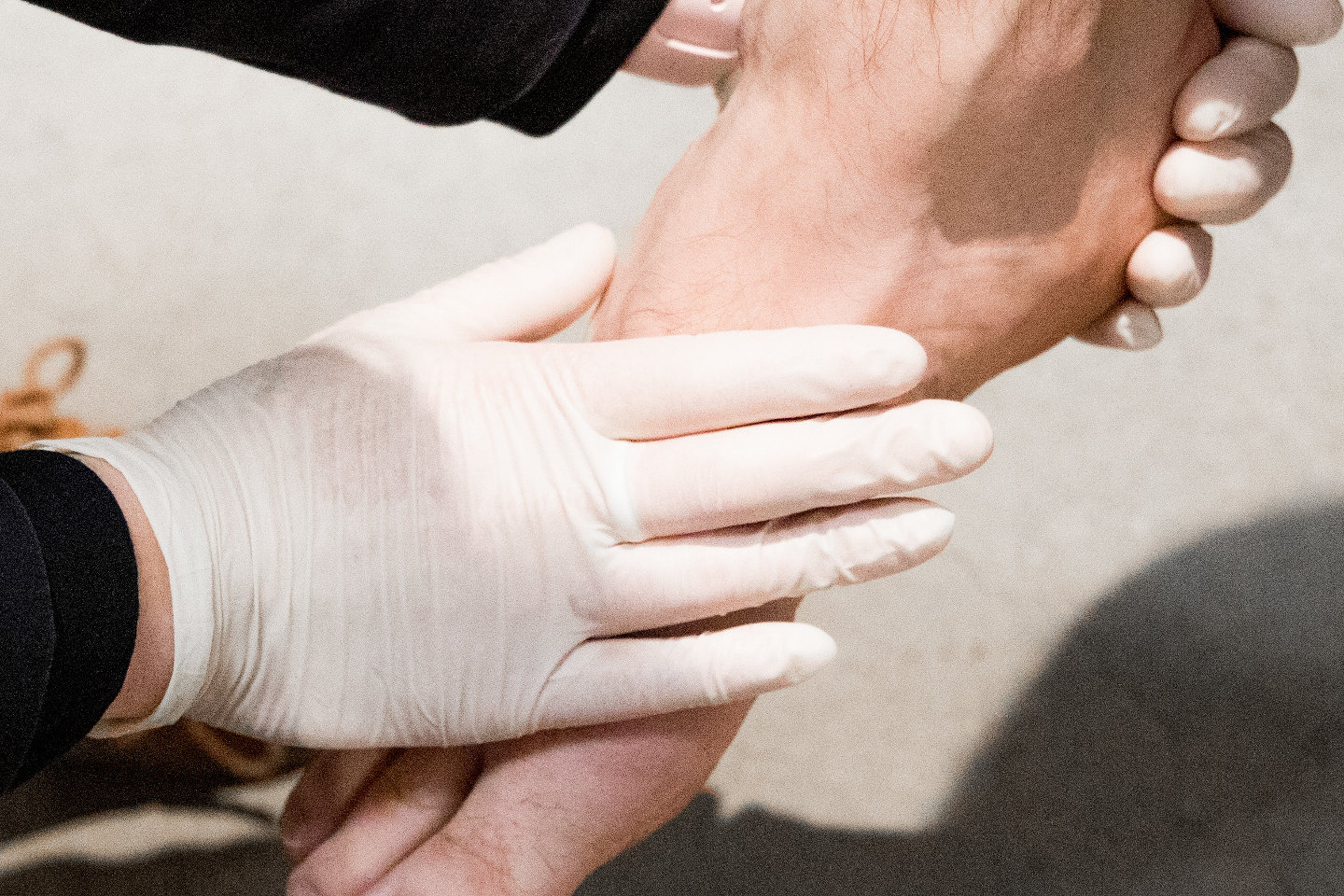
Solutions for Children with Hip Dysplasia
Some children are born with a condition known as developmental dysplasia of the hip, where the hip socket doesn’t develop as deeply as needed during fetal development.
This can result in an unstable hip. Typically, within the first few days after birth, doctors examine the baby’s hips. If they detect clicking or instability, they often recommend a Pavlik harness or a similar.
The purpose is to facilitate hip flexion and abduction, allowing the hip joint to develop more fully over the head of the femur and achieve greater stability.
This condition is relatively common, especially among firstborn children, females, and those born breech.
Treating developmental dysplasia of the hip has a high success rate especially when identified early. Early intervention, often involving the use of a Pavlik harness or similar brace, is crucial.

Getting Started with Orthotics Plus
If you or a loved one could benefit from a hip orthosis, or simply want to learn more, we would love to receive your enquiry.
- We have multiple locations throughout Melbourne
- We stock high quality hip orthotics
- We can communicate with your surgeon, GP and other support network
- We are proudly NDIS registered
Please use our clinic locations to view the nearest Orthotics Plus to you!

Foot FAQ
Most patients come to us on referral, especially after surgeries. If your surgeon recommends a brace post-surgery, they’ll provide a referral.
We can either visit you in the hospital or you can visit us for measurements and to receive the brace. If you’re experiencing general hip pain, feel free to reach out. However, having a prior diagnosis or understanding of your condition is beneficial.
If you have a disability that requires a hip brace, you may be able to use NDIS funding.
Other funding types include private payment, TAC and work cover. Please contact our office to check.
